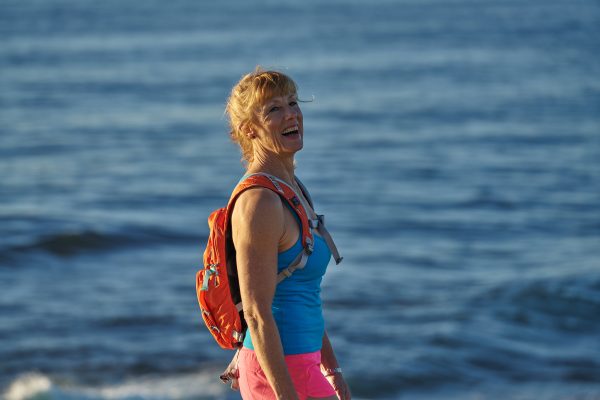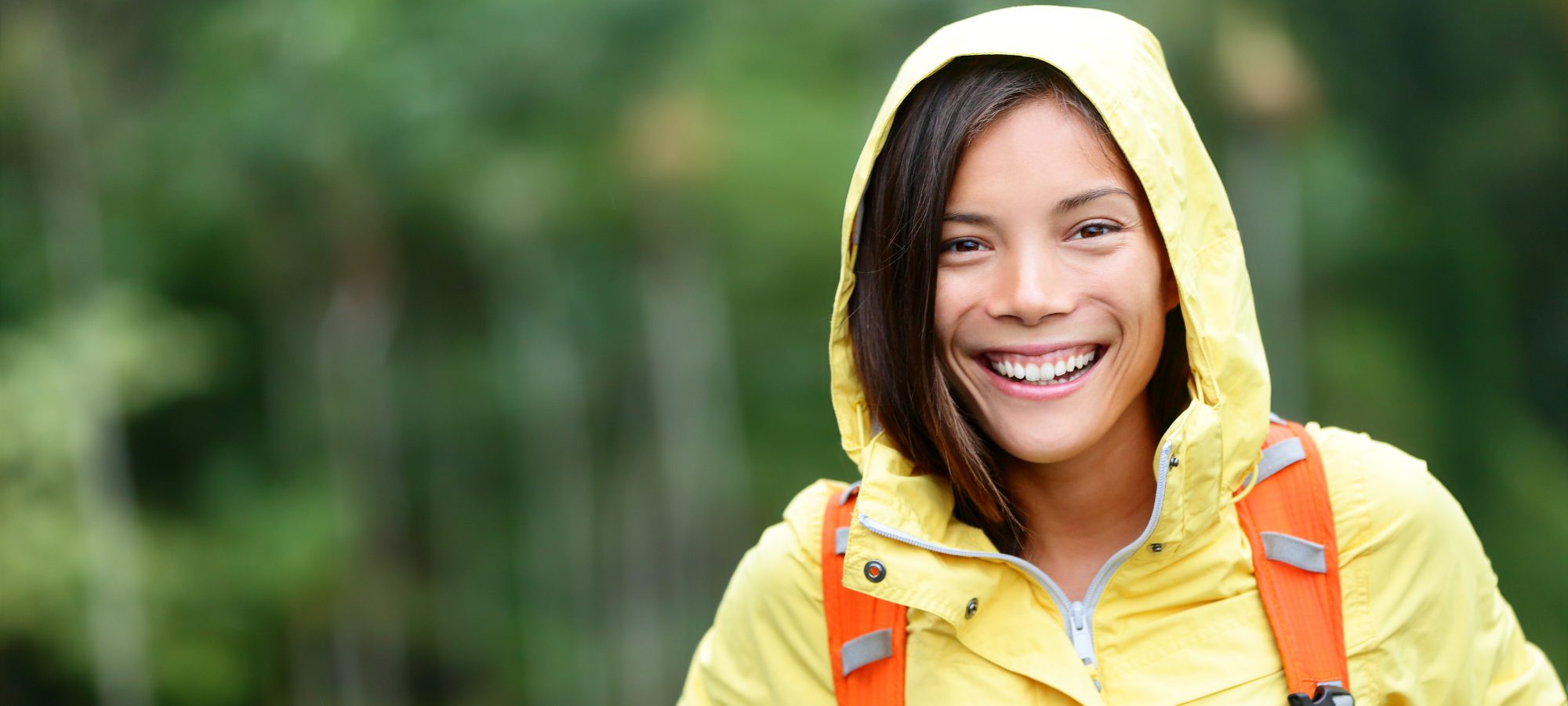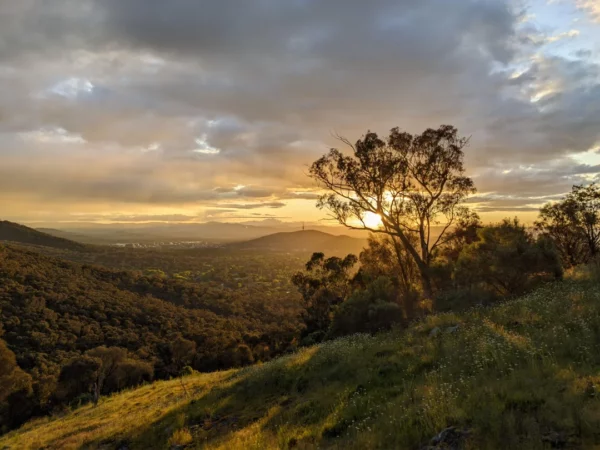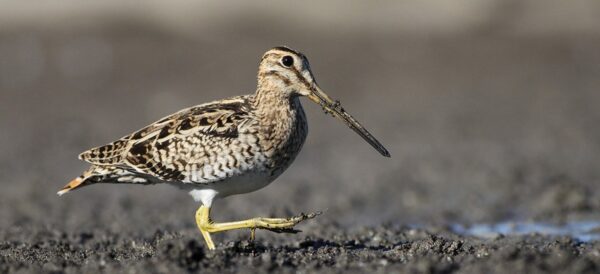My mum gave me a priceless present. She taught me to control my thoughts. Swap one for another. One negative thought, for a positive thought.
Today people might call it using “mantras” or “affirmations”, but for me it’s not about repeating “I am wealthy, healthy and abundant” in front of the mirror every morning.
For me it means taking responsibility for my thoughts. Using my thoughts to help me achieve my goals and to heal my mind and body.
This skill helped me believe I could achieve anything. I became a national gymnastics champion at 16, not because I was the strongest, the springiest or the most flexible, but because I believed I could do it.
Science explains why changing our thoughts can help us heal. Buddha says “we become what we think”. But it’s actually really hard to manage the demons inside your head, to cope with self-doubt, fear of not being loved, fear of not being enough and fear of failure.
But fearlessness comes from facing fear frequently. Whenever you hear that inner critic telling you’re you’re not smart enough, pretty enough, thin enough, wealthy enough, young enough, you have an opportunity to change your mind.
It’s hard to do. And if you have a mental health issue such as depression or anxiety, you might need professional help. Cognative behavioural therapy teaches you how recognise the unhelpful patterns that contribute to your depression or anxiety and replace them with new ones that reduce it and help you cope better.
But for most of us, it’s about accepting responsibility for our bodies, our minds and our health. That’s tough. I often fail. It’s a moment-by-moment, hourly, daily, weekly personal mind challenge. But I still try, every day.
The way it works for me is to swap one thought with another. If you have a negative thought, one that sucks your confidence or makes you feel like crap, you chuck it out and replace it with a positive thought.
For example, you might think: “My thighs are so fat that they jiggle when I run.” This is a negative, useless thought. Once you recognise that, you can think: “I’m so lucky that my legs are strong enough to run.” Or: “Wow, I have no injuries and this run doesn’t hurt.” Or even: “I’m running! Go me!”. Yay! positive thoughts!
You can replace a negative feeling such as, “Eugh, I don’t want to go to work today,” with a positive one such as, “I’m so excited to see my friends this Friday night,” or “How wonderful was our holiday to Italy last year”.
Unfortunately, fear of failure stops us from trying things like this. In the wild, this fear keeps us safe. But unless you’re swimming with sharks or running away from lions, it’s our mind that’s really scary. As Thought Leaders CEO Peter Cook said: “Failure can have a psychological or financial impact, but it’s generally not going to get you eaten.”
Fear can prevent us from reaching our potential and living a life we love. But it also motivates us to take action, to do something to avoid rejection, failure, uncertainty, loneliness or change.
But by facing fear frequently you learn to overcome it.
Adventure teaches us to face fear, to be brave. It provides us with little scary moments like balancing on a rock ledge or leaping a stream. It takes us outside our comfort zone in the rain, the wind, the wilderness, the dark. It makes us strong and powerful so we can overcome physical obstacles and build mental toughness. We can all use the lessons of the wild to manage emotions and control thoughts to overcome fear. It also makes us healthy.
My friend Sam had never felt brave in her life before discovering adventure. But now she does.
She told me: “Challenging adventures have given me the courage to give so many more things in life a go. I’ve had hundreds of life-threatening and life-rewarding moments. From a major personal meltdown, to the exhilaration of standing on a peak looking over the most beautiful landscape, from electrical storms where your hair stood on end to bathing in the purest of rock pools, from absolute cold fear staring into someone’s eyes to gaining the courage to continue, to just about wetting my pants giggling with my room buddy! I’ve had it all on wild adventures.”

It’s been the same for me. The lessons of the wild have not only made me strong and healthy, they have also taught me to manage risk and overcome fear of failure, to be like a lioness protecting her cubs, to feel the fear and do it anyway.
Studies show that if you fail regularly but keep trying you’re better equipped to respond to challenges and set-backs in a constructive way. You learn how to try different strategies, ask for advice and persevere.
The ability to control your thoughts is well known to the world’s great thinkers and achievers. But it’s something we can all learn to do.
And, there’s another benefit. As the legendary Sophia Loren said: “There is a fountain of youth: it is your mind, your talents, the creativity you bring to your life and the lives of people you love. When you learn to tap this source, you will truly have defeated age.”
Loved this? You’ll also love our Daily Rituals of Joy and also How to reset and thrive in 2022









